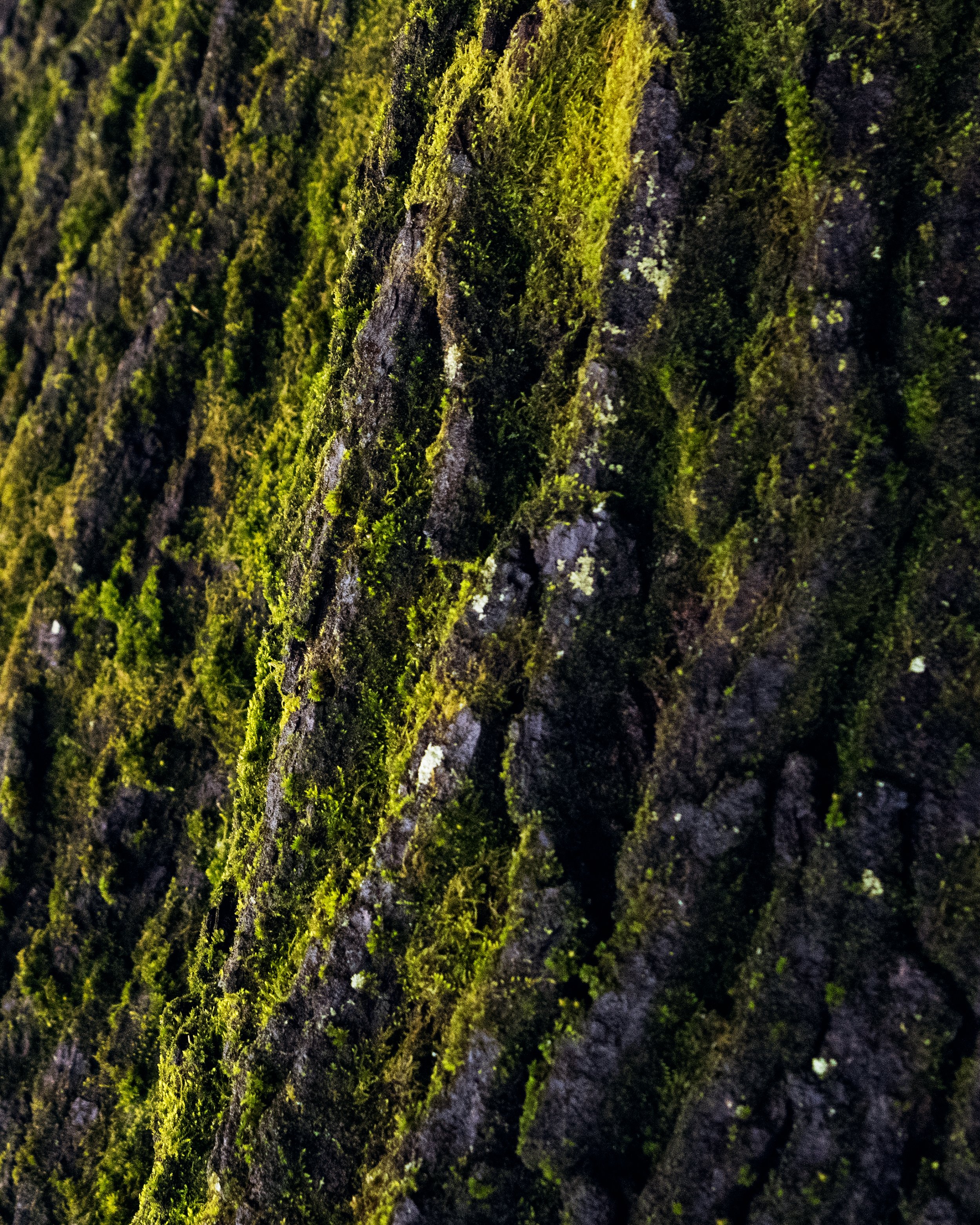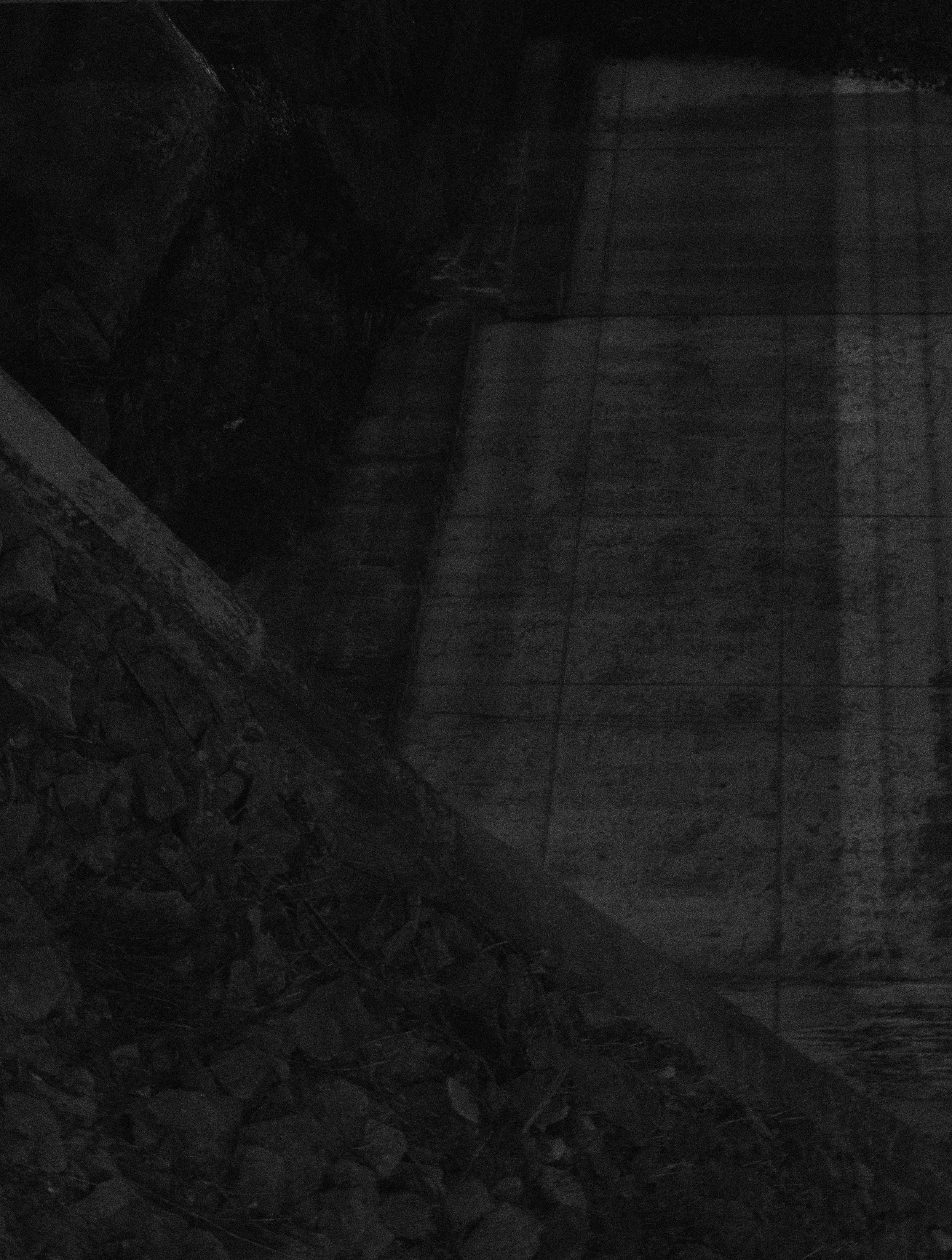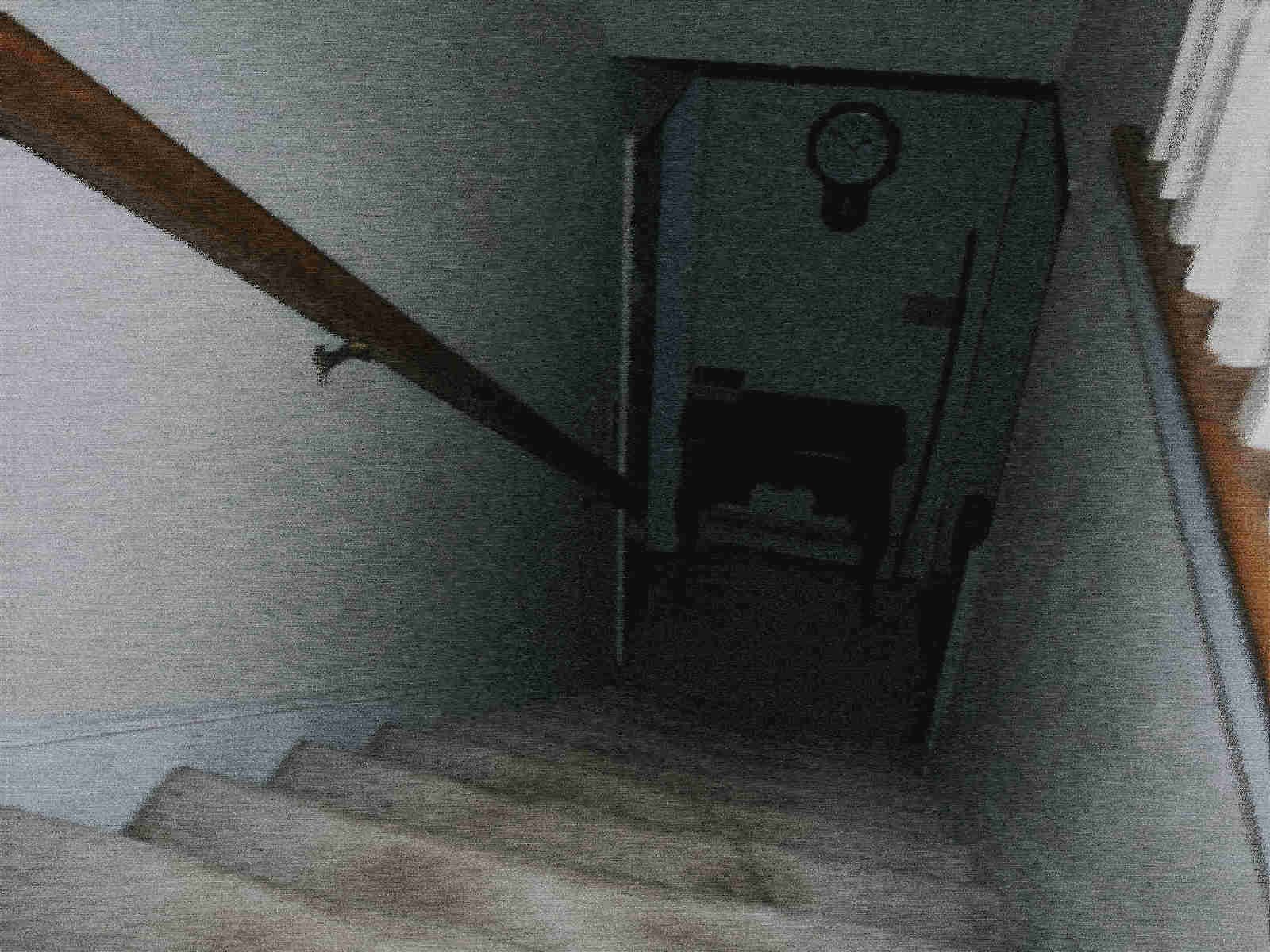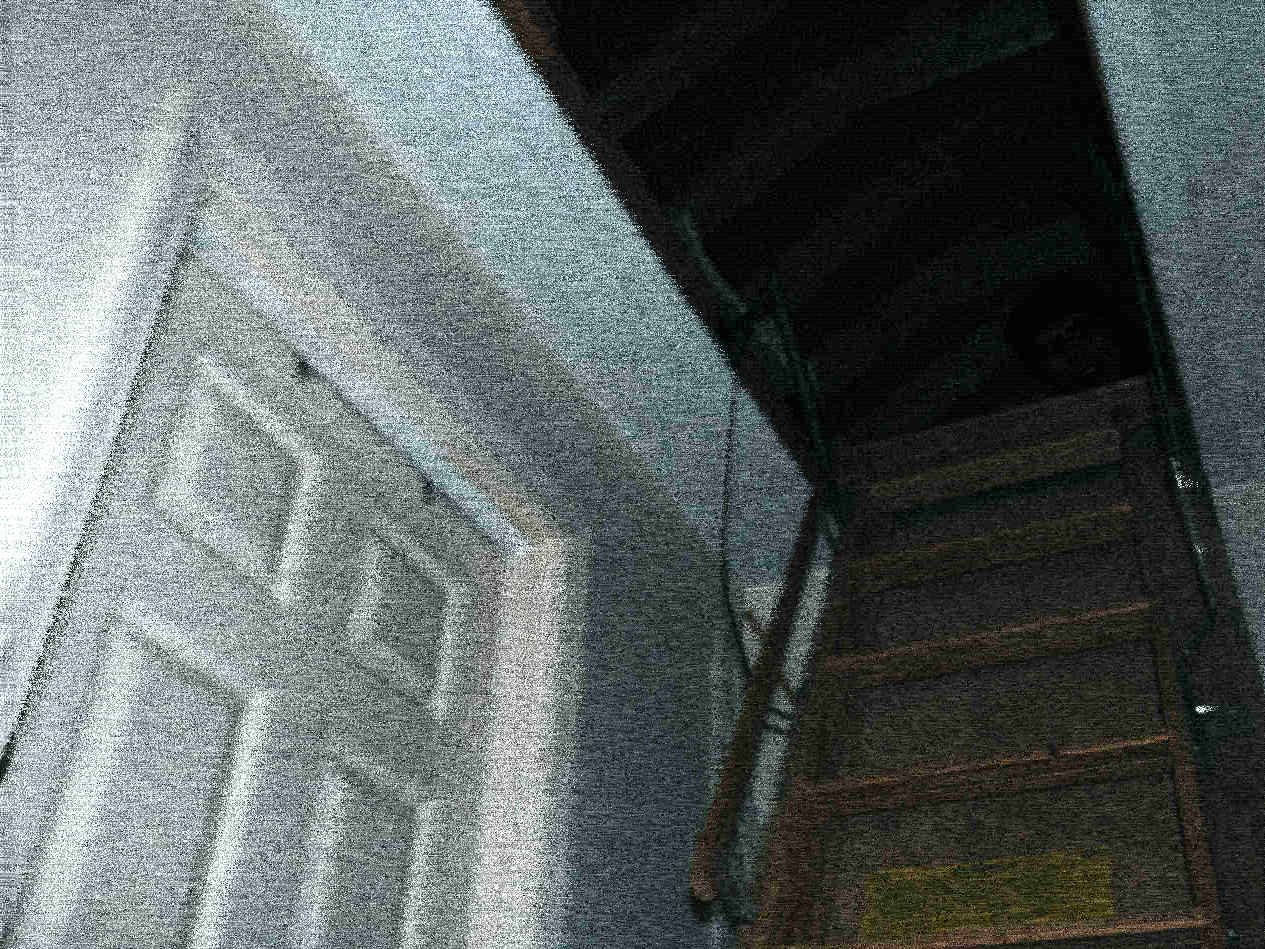Spring 2024 - Prof. Jonathan Jackson @ Boston College
Introduction to Digital Photography
Course Summary
Introduction to Digital Photography is a foundational course that explores the technical and conceptual aspects of digital photography. Through hands-on projects, students learn to operate DSLR or mirrorless cameras, shoot in RAW format, and apply post-production techniques using Adobe Photoshop. The course emphasizes both technical proficiency—such as exposure control, composition, and digital editing—and broader discussions on photographic history, visual literacy, and the role of images in contemporary culture.
Over the semester, students experimented with different photographic approaches, from documentary-style shooting to constructed imagery, while producing an extensive body of work. Weekly assignments encourage exploration of personal themes, culminating in a final portfolio that reflects each student’s artistic voice. The course also integrates critical discussions and readings, including Camera Lucida by Roland Barthes, to deepen the understanding of photography as both a technical practice and a cultural form.
Misc. Critiques
Below is a collection of my early experiments in digital photography throughout the semester, as this was my first time working with a camera. Over the months I focused entirely on outdoor photography, aiming to extract abstract and visually interesting compositions from the mundane. My approach was less about meaning and more about discovery—using the camera to transform ordinary textures, landscapes, and objects into something striking.
Post-processing played a key role in my exploration, with digital manipulation in Photoshop further pushing these images away from traditional representation. By altering and flattening the visual elements, I sought to make these photographs harder to immediately recognize, turning them into something more ambiguous and unfamiliar.















Final Project
For my final project, I revisited themes from my Digital Art: Print-Based Media final—liminal horror, nostalgia, and the eerie unease of childhood memories. This time, however, I no longer relied entirely on AI-generated imagery. Now familiar with a camera, I returned to my childhood home and photographed its empty spaces, capturing the unsettling stillness of being home alone.
Rather than focusing on perfect composition or refined technique, I intentionally kept the photography amateur in style, mimicking the way a child might see and document their home—unfiltered, direct, and unpolished. No dramatic angles or artistic framing, just the eye-level perspective of someone wandering through a familiar yet uncanny space. To heighten the eerie effect, I subtly embedded AI-generated horrors throughout the images—monsters in the attic, faces in the darkness, something barely visible around the corner. The idea was to make viewers scrutinize each photo, unsure which ones contained something sinister, amplifying the tension and creating a slow-burn jumpscare effect.
In post-processing, I heavily degraded the images with artifacts, noise, and grain, running them through JPEG artifactors to mimic the texture of an old VHS tape or a hazy childhood memory. The final result blended my own photography with AI’s uncanny qualities, turning my childhood home into a liminal, dreamlike space that felt both intimate and deeply unsettling.










